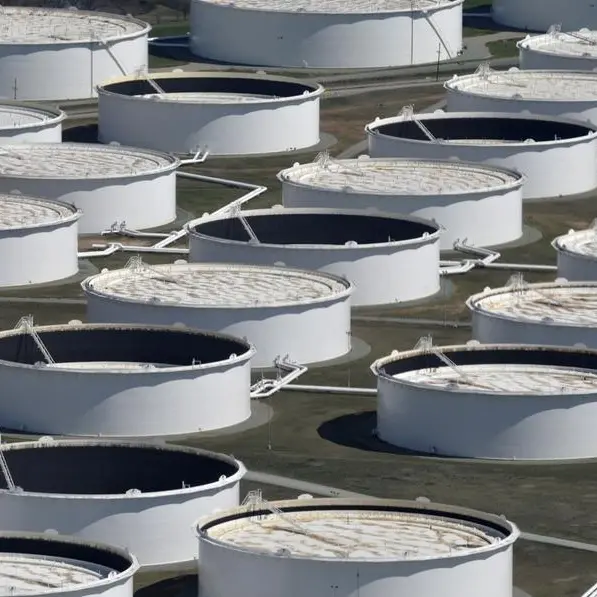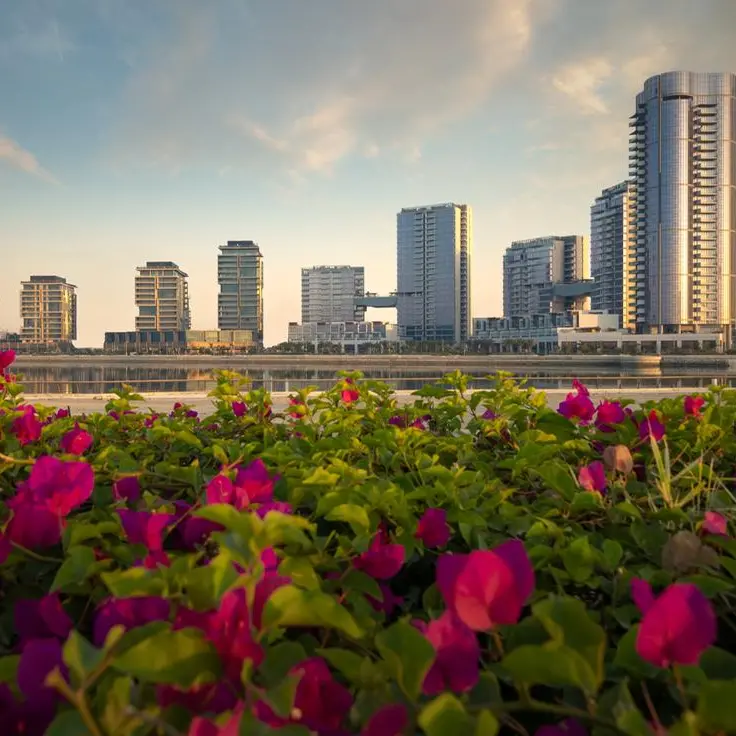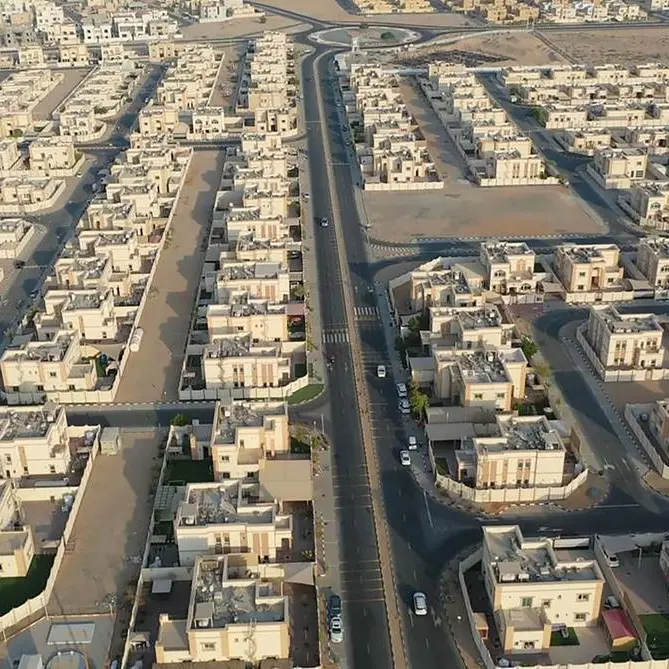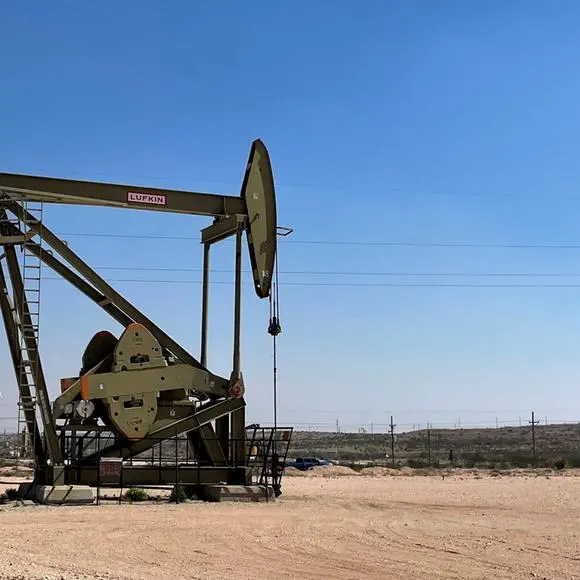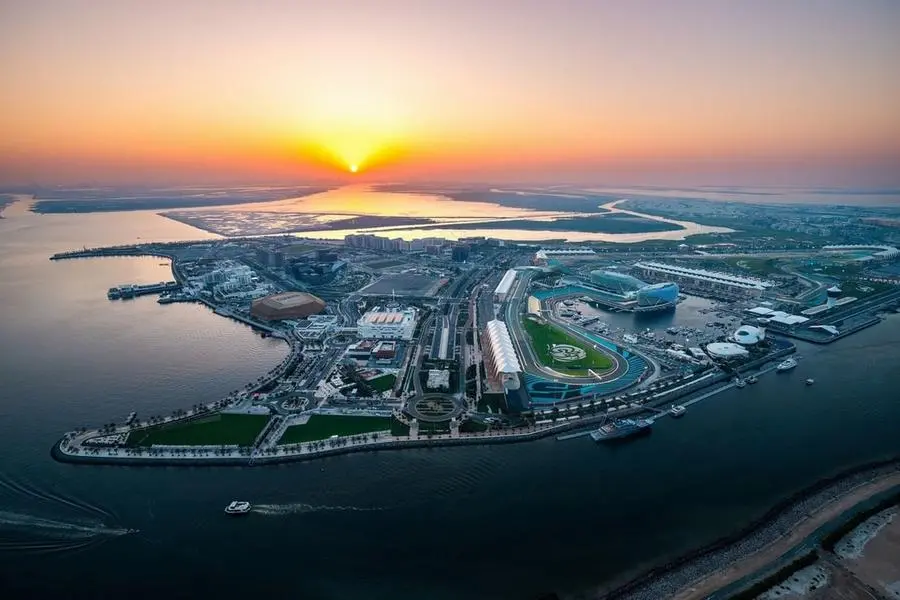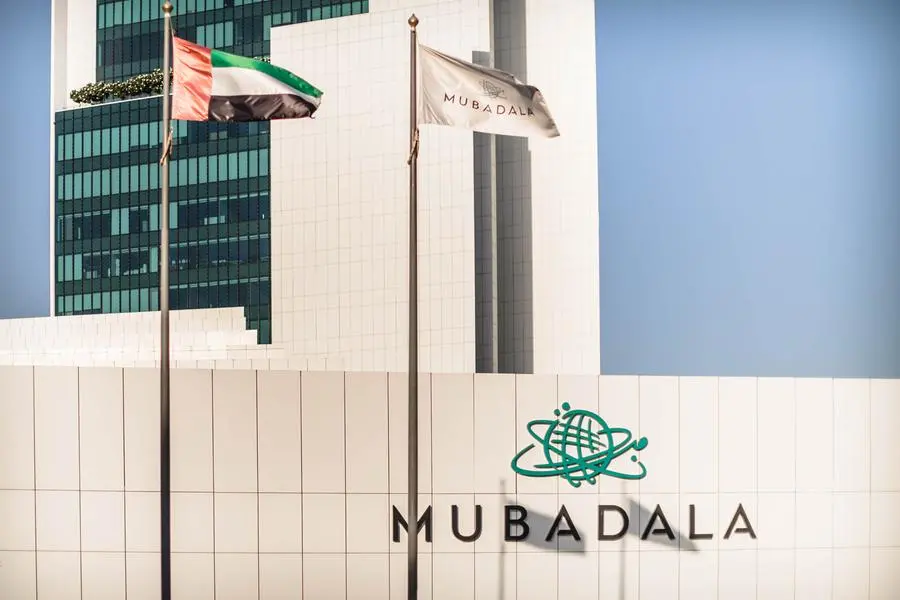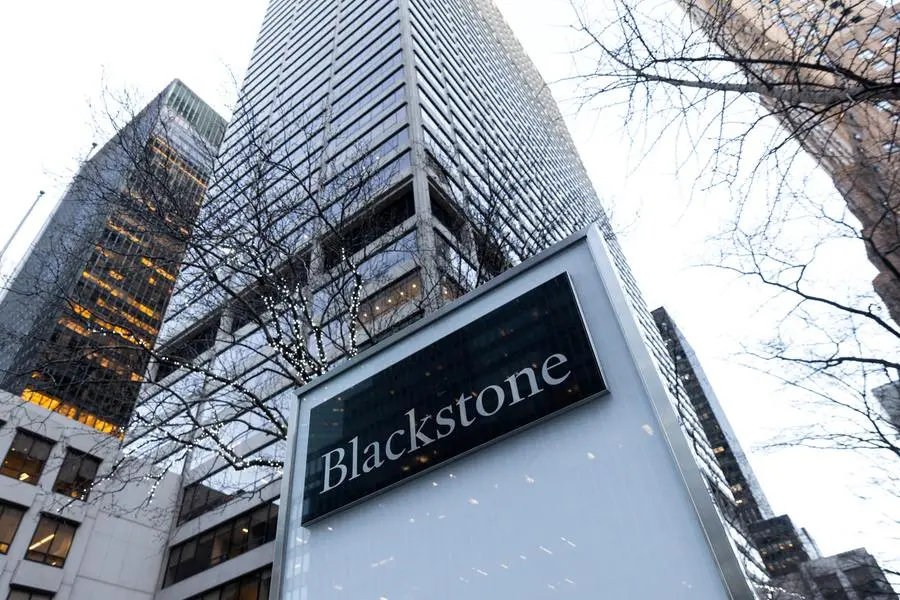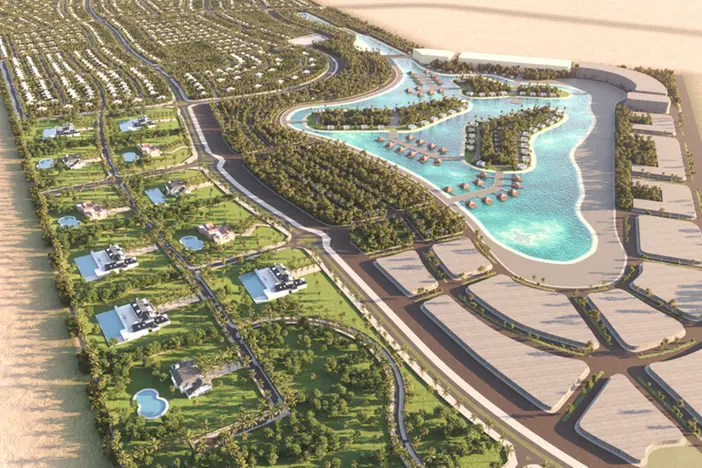PHOTO
The Burj AlArab the iconic luxury resort on a man-made island, billed as the most luxurious hotel in the world and all but defining the #Dubai skyline. Dubai media office twitter account. Image used for illustrative purpose
Asset-quality indicators of the banks also remain buoyant despite a more than 35 per cent decline in real estate prices since mid-year 2014 and banks' somewhat large real estate exposure, the ratings agency said. The real estate exposure of UAE banks is about 20 per cent of total lending or Dh 333 billion as of September 30.
"If the real estate correction is not followed by a stabilisation of prices in the next 24 months, we might see a bigger effect on banks' asset quality. Overall, we expect banks' cost of risk to increase slightly in 2020 to about 120 bps, compared with 110 bps in 2019. Banks in the UAE are now in a better position than the 2009-2010 crisis, because they have built sufficient loan-loss reserves since then," S&P Global Ratings said.
In 2019, despite geopolitical headwinds, all leading banks in the UAE recorded robust performances, with Emirates NBD, Dubai's largest bank, posting a 44 per cent jump in net profit at Dh14.5 billion, up from the Dh10 billion in 2018. First Abu Dhabi Bank, UAE's top lender, announced a modest four per cent increase in net profit to $3.4 billion compared to $3.27 billion in 2018.
S&P Global Ratings expects the UAE economy to expand at a slightly higher pace in 2020 compared with 2019, thanks to Abu Dhabi's $13.6 billion stimulus package and the Dubai government's planned investments for the 2020 World Expo, which should prop-up investments in the non-oil economy and increase tourism-related activities.
"We also expect mid-single-digit net lending expansion in 2020, supported by some of these projects," analysts said in S&P's report: "UAE Banking Sector 2020 Outlook: Resilience in a difficult operating environment."
The UAE banking sector continues to be the largest in the Arab world with the combined assets of all banks growing 6.5 per cent to Dh2.87 trillion in 2018 as the amount of credit extended grew 5 per cent to Dh1.66 trillion, according to the UAE Banks Federation.
Analysts at JPMorgan Chase & Co. said Expo 2020 would be a key catalyst - which can offer a boost to both corporate and consumer spending - and provide impetus to tourism. "We're seeing an improvement in credit volumes in Saudi Arabia, a recovery in loan growth in Turkey in the fourth quarter of 2019, and strong volume in Egypt. These trends will also be supportive of UAE banks' loan growth in 2020."
Average credit growth at the top UAE lenders may accelerate by 5 to 6 percent this year from 4 percent in 2019, JPMorgan Chase & Co analysts said.
Puneet Tuli, S&P Global Ratings credit analyst, said although a fully-fledged direct military confrontation between Iran and the US is ruled out, tensions are expected to intensify and recede periodically. "This will mainly affect the UAE through lower consumer sentiment and delays in leveraged finance investments, which are accentuating price declines in the already-depressed real estate sector," Tuli.
"Against this backdrop, and continued pressure on net interest margins, we expect a slight deterioration in sector profitability," said Tuli.
Copyright © 2020 Khaleej Times. All Rights Reserved. Provided by SyndiGate Media Inc. (Syndigate.info).

